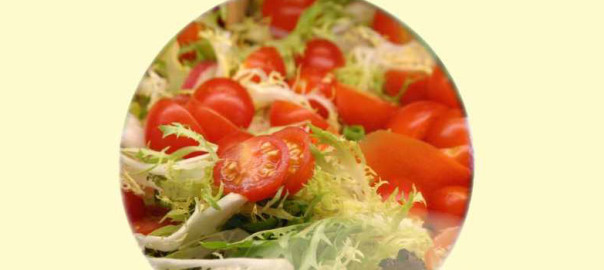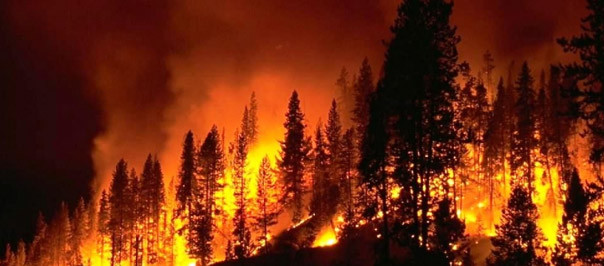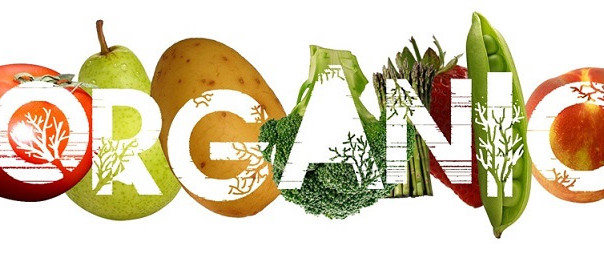Natural treatment for diabetes
By Jay North
“The medical establishment works closely with the drug multinationals whose main objective is profits, and whose worst nightmare would be an epidemic of good health. Lots of drugs must be sold. In order to achieve this, anything goes: lies, fraud, and kickbacks. Doctors are the principal salespeople of the drug companies. They are rewarded with research grants, gifts, and lavish perks. The principal buyers are the public – from infants to the elderly – who MUST be thoroughly medicated and vaccinated…at any cost! Why do the authorities forbid alternative medicine? Because they are serving the industry, and the industry cannot make money with herbs, vitamins, and homeopathy until they license it to their benefit. They cannot patent natural remedies, not yet anyways. That is why they push synthetics. They control medicine, and that is why they are able to tell medical schools what they can and cannot teach.” Guylaine Lanctot, M.D
Natural remedies for diabetics are not taken as seriously by people as they should be. Instead, people become insulin-dependent and often require higher and more frequent dosages of insulin in order to maintain some modicum of normalcy in their lives. Diabetics can obtain a natural cure simply by adapting to a raw foods diet or adhering to a vegetarian diet, and shunning of the over-processed and refined foods that often cause juvenile-onset or adult-onset diabetes (often predicated by hyperglycemia or hyperglycemic symptoms) to begin with.
I remember when I was visiting in the home of some friends. Their young daughter, age six, went to the refrigerator, took out a small vial of insulin and filled her needle, went to her mother and asked her to check it to make sure it was right, then came over, stood directly in front of me and proudly and quickly injected herself in the arm.
Of course I gave her instant praise for doing such a great job. It was evident that she was very proud of herself for being able to do this, but at the same time, my heart broke. Why should a young child have to do something like this to herself? Not just once but every day and possibly for the rest of her life. While other children were taking pride in the new found ability to tie their own shoestrings, why should Sharon have to have mastered the skill to be able to stick a needle in her arm and give herself insulin shots in case the time ever came when she needed to have an injection and there was no adult available who had the skill to be able to do it for her? It was then that I determined that, although I’m not a doctor, as I researched into the field of living healthy through eating organically and natural healing, I would learn all I could about anything that nature had to offer that might help those persons with diabetes and many other physical challenges. It might not stop Sharon from having to take the shots, but it might help her to live healthier and possibly all the other “Sharon’s” in the world also.
Does nature have anything to offer? Yes it does. What I personally consider to be miraculous cures and wondrous natural organic gifts that will control this disease so that maybe at least some of those who have it will not have to stick needles into themselves. These things have been shown to help to control blood sugar levels and so be a tremendous gift to those with diabetes in a healthy, natural way.
One such organic substance is Aspalathus linearis, otherwise known as Rooibos.
Rooibos is an herb which has been found growing only in the Cedarberg Mountains on the Western Cape of South Africa. It is a natural substance which many doctor and other health care experts believe helps to keep the human body healthy organically in a wide variety of areas, including diabetes. It is believed to help control blood sugar levels. It is extremely nutritious and contains alphahydroxy acid, potassium, copper, magnesium, calcium, iron, zinc, manganese and fluoride.
Rooibos is taken into the body as a tea. In Africa, it is referred to as the miracle tea while the people in Japan refer to it as the long life tea. It contains absolutely no caffeine and a very small amount of tannin, so it is very sweet on its own without having any sweetening substance added. The indigenous people of South Africa, harvest the wild rooibos, cut the leaves and stems, and then beat them with wooden hammers. After this, they are fermented in heaps and then sun dried. When they are deemed to be ready, they are brewed and enjoyed.
Another organic substance believed by many to help to combat diabetes is Sutherlandia frutescence, which is also called Kanker Bossie or Cancer Bush. This too is indigenous to South Africa. Sutherlandia frutescens has been shown to be a source of pinitol which has been proven clinically to be an effective anti-diabetes agent. Sutherlandia frutescens also has been shown to be a major combatant against other diseases that attack the human body. The people in South Africa prepare Sutherland frutescens and take it as an herbal tonic, feeling that its health benefits are worth the bitter taste which it produces.
Herbal remedy believed to have great benefit: Salacia oblonga is a woody plant from India and Sri Lanka that is little-known in the United States, but a recent study at Ohio State University is changing that. Practitioners of traditional Indian medicine have used the herb for years to treat diabetes, and the study indicates that ingesting the herb does lower insulin and blood sugar levels.
David Crawford, well know nutritional expert and a member of the Nutritional Therapy Council, recommends to a number of his patients who have diabetes that they try drinking juice extracted from Brussels sprouts and string beans, both of these being natural sources of insulin. He also recommends foods that are natural sources of silicon, since this has been shown to help to support the pancreas. Such foods are lettuce, mustard greens, olives, asparagus, dandelion greens, cabbage, cucumbers, alfalfa, and radishes which he often includes in his juicing recipes.
Scientists at the University of Manitoba in Canada, claim that their research studies show that the herb known as buckwheat may be beneficial as a treatment for diabetes. Lead researcher Dr Carla Taylor said, “With diabetes on the rise, incorporation of buckwheat into the diet could help provide a safe, easy and inexpensive way to lower glucose levels and reduce the risk of complications associated with the disease, including heart, nerve and kidney problems. Buckwheat won’t cure diabetes,” she added. “But we’d like to evaluate its inclusion in food products as a management aid.”
The main ingredient in buckwheat is chiroinositol, a compound which is seldom found in other sources. Researchers are not sure just how it works, but are convinced that it does have a direct, positive effect on in making cells more sensitive to insulin or may ever act as an insulin mimic.
Another warrior (I am, after all, Blackfeet) in the battle against diabetes is what is called the Glycaemic Index. No, this isn’t some never-before-heard-of food; it is rather a way of scaling the rate at which various foods affect the blood sugar levels. An erratic “bouncing” of blood sugar levels from one level to the other can cause erratic behavior in a person with diabetes, which can be as frustrating to the person with diabetes as it is to those around them.
The secret seems to be to eat foods that are on the lower level of the Glycaemic Index — that is, those that are ranked at fifty or less. By so doing, you can cut down on and possibly eliminate such unacceptable behaviors as food rages, road rages, temper tantrums and squabbling, all of which have been shown to be reactions to low blood sugar levels, rather than deliberate bad behavior.
Macrobiotic diet consisting of mainly brown rice and steamed vegetables has been reported to be extremely beneficial. The most popular diet for treating diabetes is a macrobiotic diet that excludes all forms of white sugar salt and meat of any kind. (Nope, no cheese burgers.) The foods that are included are non-spiced brown rice and steamed vegetables. The Pritikin Diet is fairly well known throughout the world for treating people with diabetes with this special diet and exercise. People who are challenged with this dis-ease are well advised to increase their activity level and long walks and jogging are in order.
Also dark green organic vegetables and as much fruit as one desire is cover extensively in the book Fit for Life.
Now remember, I am not a doctor. I am a farmer and spiritual healer, a writer and a researcher. I do not recommend that you go off and start self-doctoring yourself with this stuff! Talk to your doctor; ask him or her about the possibility of these organic substances being of help to you. You may have other health issues that will offer good reasons why they would not be. Don’t get your medical advice completely from the pages of a book – this one or any other! Check through the various sources available to you, including your medical doctor, and get on the regime that is best for you.
You hear people say there is no cure for diabetes, but there actually is if you look to the organic foods produced by nature. Plant-based vegetarian foods, whole foods like whole grains and breads, and organic foods that are rich in organic nutrients and enzymes that promote healthy digestion are the key to curing diabetes naturally. A diabetic can change his diet and lifestyle, opting for holist healing foods and choosing to shop at organic food stores – and he will feel the difference in his overall health and well being.
Often we develop food addictions to high carbohydrate, high sugar foods; these are the foods that exacerbate the condition of diabetes and put undue stress on our organs, including the insulin-producing pancreas. Foods that are high in simple carbohydrates, including refined sugars, are in no way a part of naturally curing diabetes. The opposite is true, as these organic and nutritional foods work with your body to prevent disease and promote holistic health.
Want to be free of diabetes? Read more in Miracles in the Kitchen by Jay North at OneGlobePress.com







